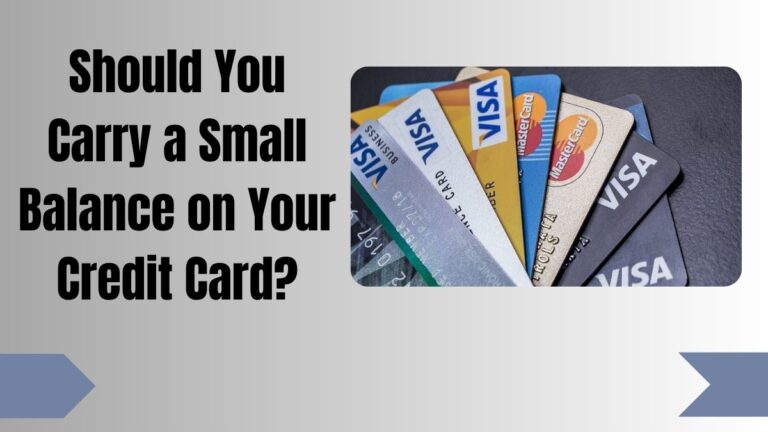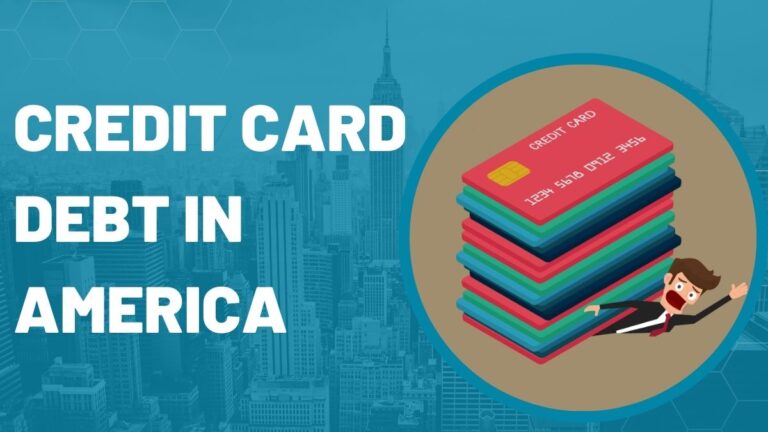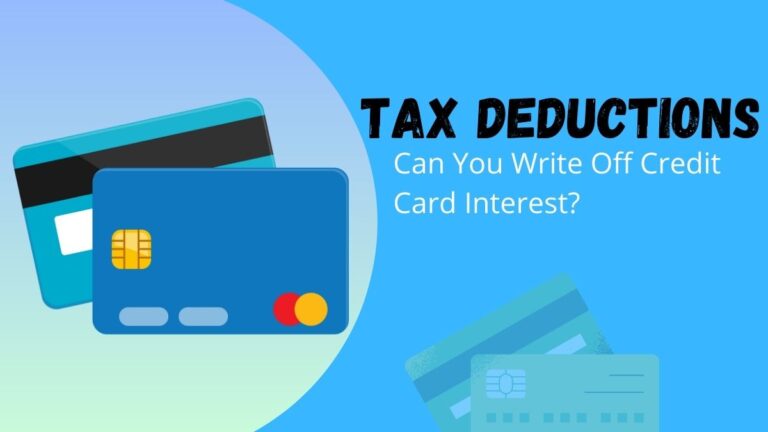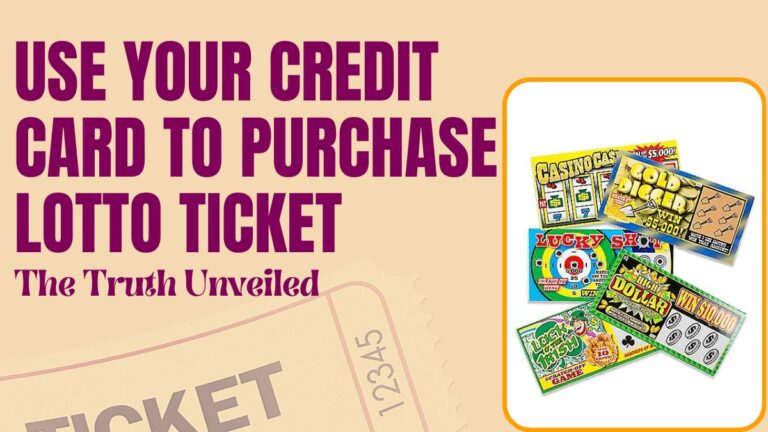Unveiling the Mystery: How Credit Card Frauds Are Caught by Banks?
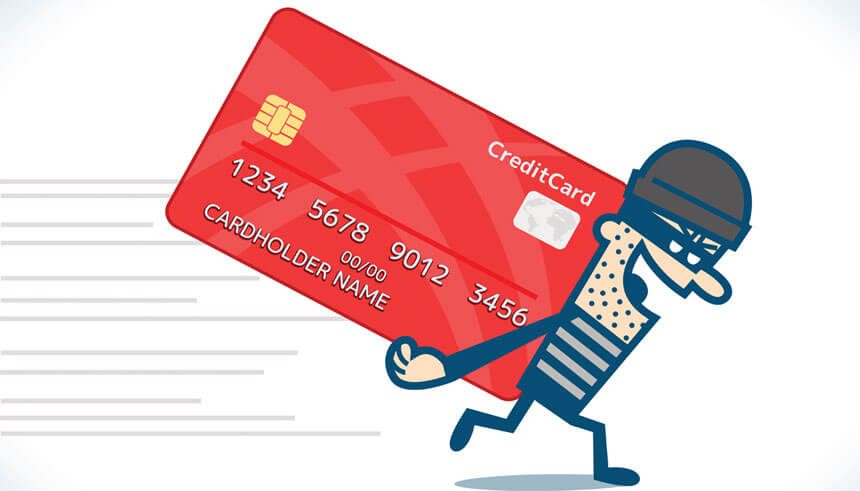
Credit card fraud is a clandestine underworld that threatens the financial security of millions worldwide. Amidst this shadowy abyss, banks tirelessly battle against intelligent criminals, determined to unveil their sinister schemes and protect their customers. But how do these financial institutions manage to catch credit card fraudsters in this ever-evolving digital age?
Join us as we embark on an eye-opening journey into the secret strategies employed by banks, revealing how they unravel the mystery behind credit card frauds with cunning expertise. Brace yourself for an exhilarating revelation of cutting-edge technologies and ingenious tactics that leave even the most crafty criminals trembling in defeat!
Table of Contents
What is Credit Card Fraud?
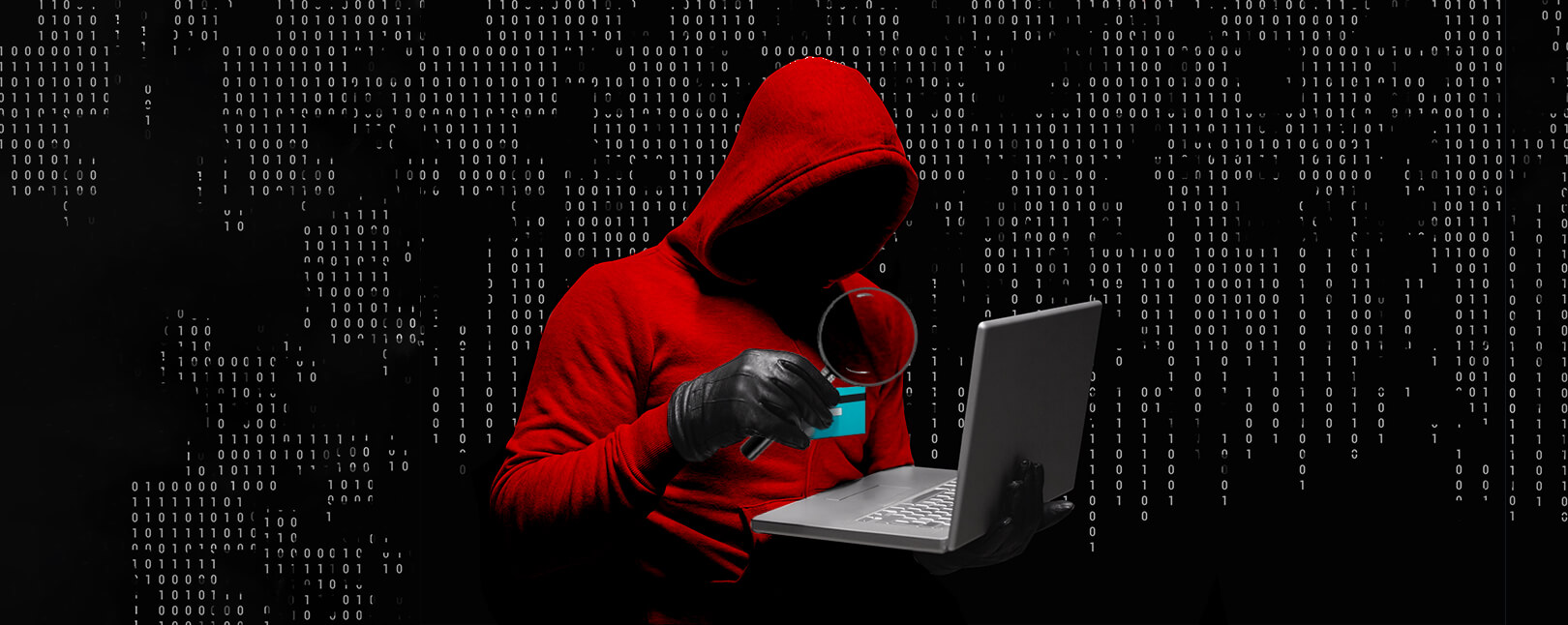
Credit card fraud is a problem that banks and other merchants face regularly. Credit card fraud happens when someone steals your credit card number, and uses it to make transactions in your name without your consent.
Banks use a variety of methods to combat credit card fraud, including monitoring their customers’ account activity, checking for unusual transactions, and suspending or banning users who repeatedly commit fraud. Additionally, banks may disclose information about fraudulent transactions to the affected customers so they can take steps to protect themselves from future fraud.
Credit card fraud is a major problem for banks and merchants alike. By using various detective techniques and working together with their customers, both sides can minimize the effects of this crime.
The Process of Credit Card Fraud

Credit card fraud can be a costly affair for businesses and consumers alike. To prevent costly credit card fraud, banks must have a process in place that detects fraudulent activity as soon as it occurs. One such process is called the “callback process.”
The callback process begins with the bank issuing a request for information (RFI) to a merchant. The RFI asks the merchant to provide additional information related to the transaction, including the purchaser’s name and contact information. Once the RFI is received, the bank will compare it against known fraudulent profiles in its system. If there is a match, then the transaction may be classified as fraudulent and processed accordingly.
If fraud is not immediately detected, then other processes may be employed to further investigate the fraudulent activity. These processes may include actively monitoring transactions within certain parameters or reviewing past transactions to identify any potential patterns of fraudulence. Ultimately, however, detecting fraudulent activity relies on vigilant banking vigilance coupled with effective RFI implementation practices by merchants.
Credit card fraud is a serious problem that can have damaging consequences for both businesses and consumers. By implementing proper processes and procedures, banks can help to prevent costly credit card frauds from occurring in the first place.
How are Banks Trained to Detect Credit Card Fraud?
Most banks train their employees on how to detect common credit card fraud. For example, one common type of fraud is when a customer uses their card without authorization and charges for something they didn’t purchase.
Another type of fraud is when a customer uses their card to make an illegal purchase, like buying contraband goods online. Banks also watch for signs that a customer may be using their card illegally, like making multiple purchases in a short period or paying for items with cash rather than using their credit card.
One method banks use to detect credit card fraud is called pattern analysis. This involves looking at the data collected from past transactions and trying to identify patterns that could suggest something is wrong. For example, if several customers are spending large amounts of money on items they wouldn’t normally buy, that might be a sign that someone is using their card illegally.
Banks also use risk assessment tools to figure out which customers are more likely to misuse their cards and take steps to monitor them closely.[/vc_column_text][/vc_column][/row]
How to Avoid Credit Card Fraud?
Credit card fraud is a problem for banks, as it leads to chargebacks, increased customer service costs, and tarnished customer relationships. Here are some tips to help avoid credit card fraud:
- Always double-check the charges on your statement. Make sure you understand all the charges that were made on your account. If you think there may be something wrong with a charge, contact your bank immediately.
- Don’t give out your credit card number to anyone you don’t know. If you don’t know the person who’s asking for your credit card number, don’t give it to them. Instead, ask for their name and phone number so that you can verify their identity first.
- Be mindful of unsolicited emails or calls from people claiming to be from your bank or credit card company.
If you receive an email or phone call from someone claiming to be from your bank or credit card company, contact them right away and ask them to send you information about a legitimate order that has already been placed on your account. If they refuse to send any information, then it’s probably not a legitimate call or email and you should report it to your bank or credit card company as fraudulent activity.
“Banks fight fraud by putting up barriers,” said Ebony Romans-Moore in an interview with The New York Times in 2012.”The whole thing starts with good electronic monitoring of transactions.”
- Use different passwords for all your online accounts. If you use the same password for multiple websites, your account could be compromised if someone hits a vulnerability on one of those websites and gains access to your account information.
- Don’t leave your credit card number lying around in plain sight. If you don’t need to see your credit card number, don’t print it out or save it on your computer. Instead, keep it hidden somewhere safe so that nobody else can access it easily.
Conclusion
In this article, we will be unveiling the mystery behind how credit card frauds are caught by banks. We will talk about the various ways in which these crimes are perpetuated and what can be done to prevent them from happening in the first place. Hopefully, this information will help you take steps to safeguard yourself from potential financial risks and ruinous charges.

